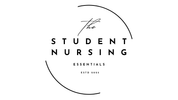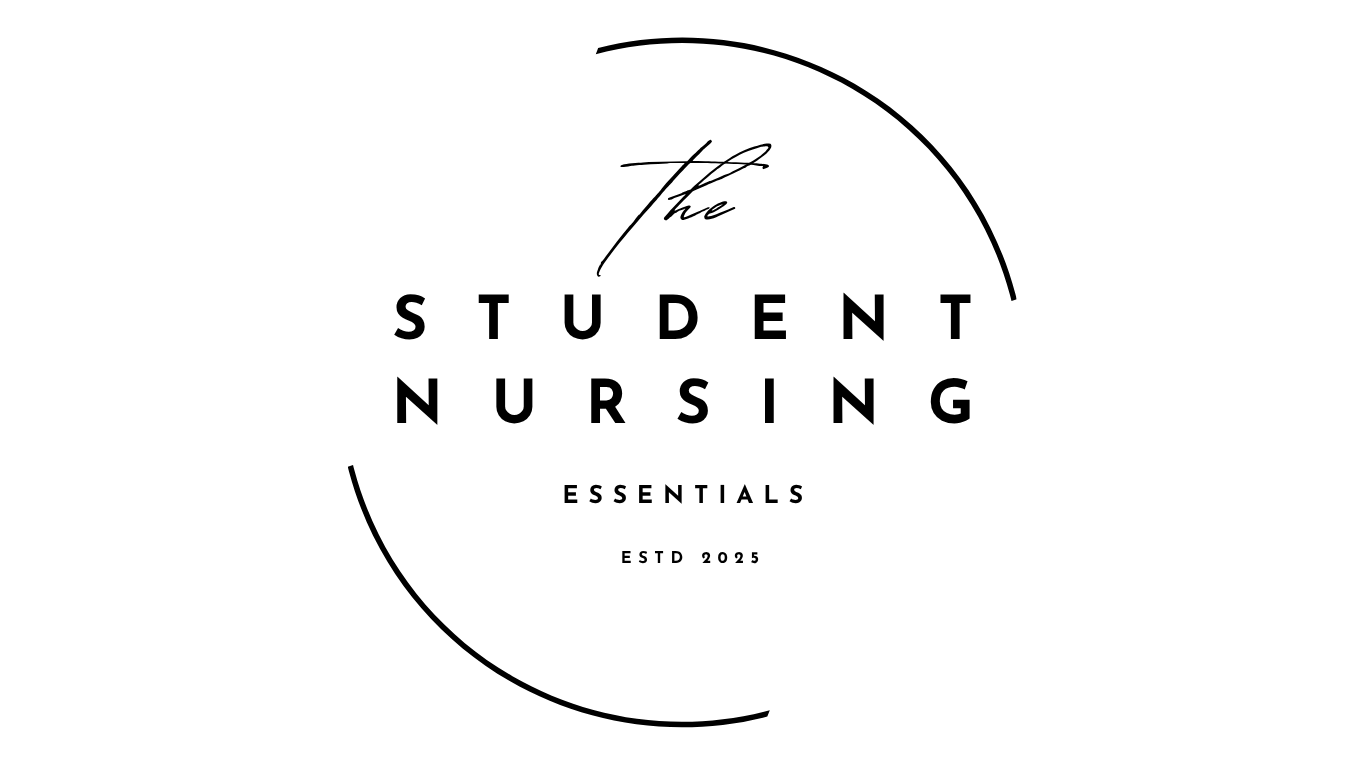1. Core Features of Schizophrenia
- Onset: Typically late teens to early 30s
- Course: Often lifelong with periods of exacerbation and remission
- Underlying pathology: Dysregulation of dopamine pathways and possible structural brain changes
2. Positive vs. Negative Symptoms
| Symptom Type | Definition | Examples | NCLEX Tip |
|---|---|---|---|
| Positive | Added experiences not seen in healthy individuals | Hallucinations, delusions, disorganized speech, bizarre behavior | Often respond well to antipsychotics |
| Negative | Loss of normal functions | Flat affect, alogia (poverty of speech), avolition (lack of motivation), anhedonia (loss of pleasure) | Often more disabling, slower to respond to treatment |
3. Common Symptom Presentations
- Hallucinations – sensory perceptions without external stimuli
- Most common: auditory (hearing voices)
- Delusions – fixed, false beliefs
- Types: persecutory, grandiose, somatic, reference
- Disorganized thinking/speech
- loose associations, word salad
- Grossly disorganized or catatonic behavior
- agitation, immobility, bizarre postures
4. Nursing Assessment
- Evaluate type and severity of symptoms
- Assess risk for harm
- suicidal or homicidal ideation, command hallucinations
- Monitor for medication side effects (
- e.g., extrapyramidal symptoms, metabolic changes)
- Identify support systems and adherence patterns
5. Nursing Priorities (NGN Focus)
| Priority Area | Actions |
|---|---|
| Safety first | Assess for command hallucinations; remove potential weapons; implement close observation if risk present |
| Medication adherence | Educate on purpose, dosing, and side effects; use long-acting injectables for nonadherence |
| Therapeutic communication | Present reality without arguing about delusions; use short, clear sentences; focus on feelings |
| Structured environment | Reduce stimulation, set predictable routines |
| Self-care support | Break tasks into simple steps; encourage independence when possible |
6. Pharmacologic Management
- Typical (First-Generation) Antipsychotics
- Examples: Haloperidol, chlorpromazine
- Benefits: Effective for positive symptoms
- Risks: High EPS risk — dystonia, parkinsonism, akathisia, tardive dyskinesia
- Nursing: Monitor for neuroleptic malignant syndrome (fever, rigidity, altered mental status)
- Atypical (Second-Generation) Antipsychotics
- Examples: Risperidone, olanzapine, clozapine
- Benefits: Treat positive & negative symptoms
- Risks: Metabolic syndrome, agranulocytosis (with clozapine — monitor WBC/ANC)
7. Non-Pharmacologic Interventions
- Psychoeducation – patient & family on illness management
- Social skills training – improve functioning
- Cognitive Behavioral Therapy (CBT) – challenge distorted thinking
- Occupational therapy – support vocational goals
8. NGN-Style Clinical Judgment Tip
- Expect scenario-based questions that require:
- Recognizing priority safety threats (e.g., patient states, “The voices are telling me to harm myself” → Immediate safety intervention)
- Choosing appropriate communication techniques (acknowledge feelings, present reality, avoid arguing)
- Managing side effect complications (EPS vs. NMS vs. metabolic syndrome)
Example NGN Question:
A patient with schizophrenia on haloperidol develops high fever, muscle rigidity, and confusion. Priority action? → Stop medication, notify provider immediately, monitor vitals (possible neuroleptic malignant syndrome).
9. Patient Education – Testable Points
- Take medications exactly as prescribed; do not stop abruptly
- Report early signs of EPS, NMS, or infection (with clozapine)
- Avoid alcohol and illicit substances
- Use coping strategies for hallucinations (e.g., listening to music, talking to a trusted person)
- Keep all follow-up appointments for medication monitoring
Key Takeaway: For the NGN, schizophrenia questions focus on safety, communication, and recognizing urgent side effects. Know how to connect assessment findings to timely interventions that prevent harm.


